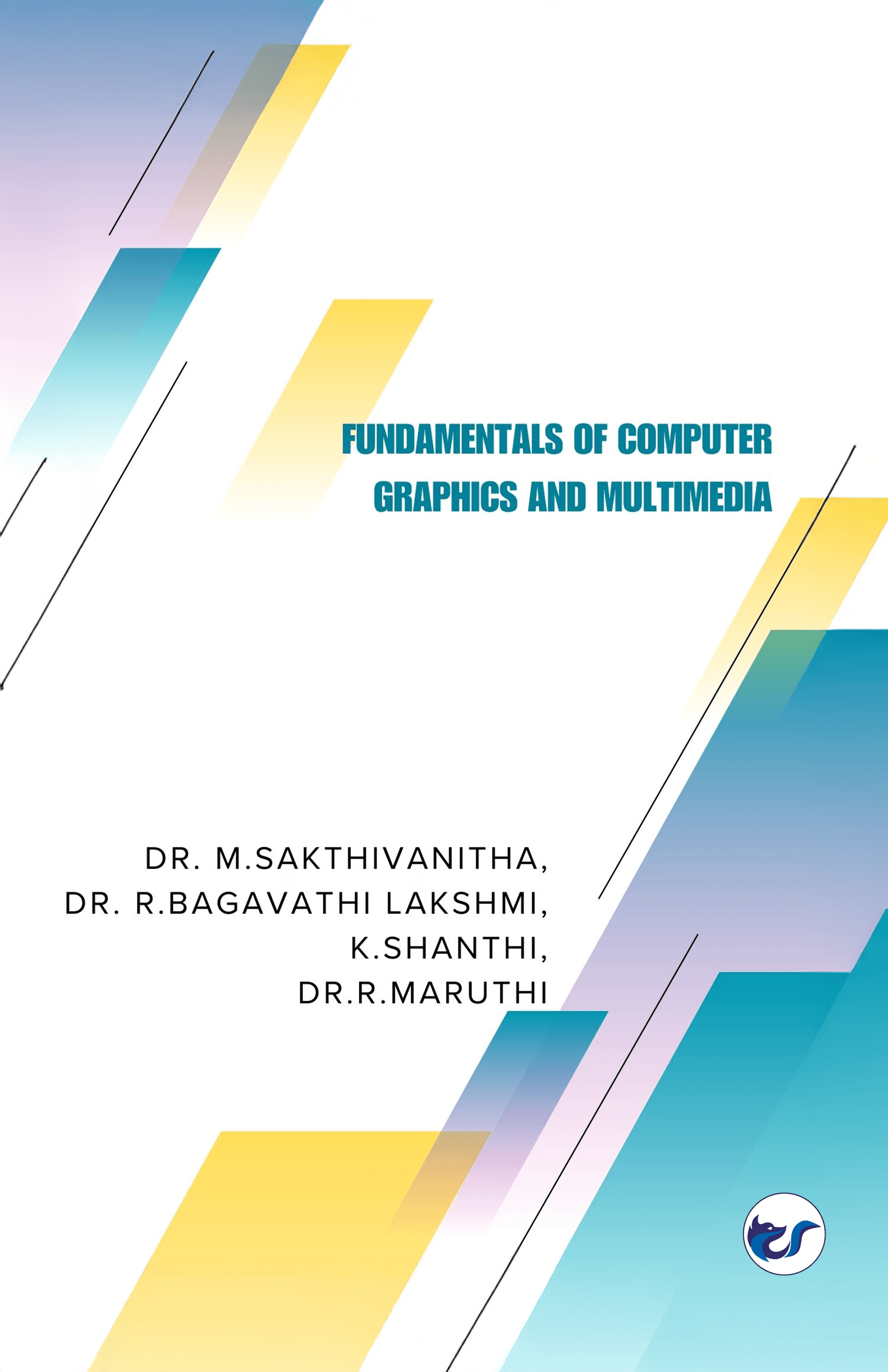This book, “Fundamentals of Computer Graphics and Multimedia,” offers a thorough introduction to the basic concepts, methodologies, and applications of computer graphics and multimedia. It is divided into five well-organized chapters, with each addressing essential concepts and their real-world applications.
Chapter 1: Basic Computer Graphics
The first chapter establishes the groundwork by discussing computer graphics, its definition, and its various uses in industries such as gaming, movies, and simulations. It also covers game development, visual hardware progression, and real-time graphics. This chapter is an excellent starting place for beginners, as it covers a variety of visual devices such as cathode ray tubes and light pens, as well as an introduction to graphics programming in C.
Chapter 2: Transformations and Methods for Detecting Visible Surfaces
This chapter covers 2D and 3D transformations, clipping, window-viewport mapping, and graphical user interfaces. It investigates interactive graphics, input mechanisms, and image composition approaches. The chapter also covers virtual reality environments, projection techniques, and visible surface detection methods including object space and image space techniques.
Chapter 3: Basics of Multimedia
This chapter explores further into multimedia, including its components, hypermedia, and creation tools. It looks at file formats, color models, digital audio, and video processing. The chapter also explains multimedia databases and animation techniques such as keyframes, tweening, and animation concepts. The impact of virtual reality and multimedia apps on portable devices is also addressed.
Chapter 4: Multimedia Communication.
This chapter discusses the complexities of multimedia communication, such as continuous media stream properties, object stream interactions, and media synchronization. It covers audio and video streaming techniques, real-time transport protocols, and communication standards like RTSP, RTP, and SIP. The chapter also discusses streaming technologies such as H.263 and real-time multimedia delivery.
Chapter 5: Multimedia Application Development.
The final chapter looks into multimedia application development, specifically design, development, and assessment of multimedia systems. It covers topics such as user interface design, online multimedia, conferencing, file sharing, and broadcasting. Additionally, it investigates technical, design, security, and performance issues in multimedia development. The book continues with a review of multimedia projects, timing considerations, and example project implementations.
This book is an important resource for students, researchers, and professionals interested in computer graphics and multimedia technologies, as it covers both fundamental and advanced topics
Fundamentals of Computer Graphics and Multimedia
Estimated delivery dates: Sep 15, 2025 - Sep 19, 2025
₹299.00
Available in stock
Description
Additional Information
| Weight | 0.27 kg |
|---|---|
| Dimensions | 21.6 × 14 × 2 cm |
| Binding Type | Paperback |
| Languages | |
| Publishers |
Reviews
Only logged in customers who have purchased this product may leave a review.
















Reviews
There are no reviews yet.